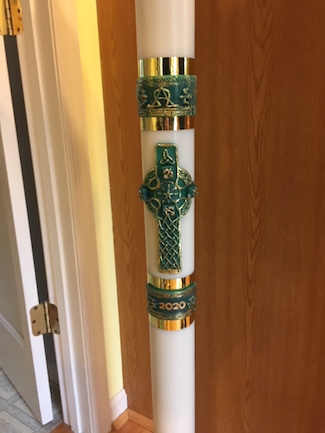A few days ago, someone said they thought we were fighting two pandemics — coronavirus and stupidity. I decided that this was probably a fairly true statement. Hopefully the coronavirus will subside or go away — unfortunately, stupidity won’t.
We’ve all heard statements like, “Life is hard, but it’s harder if you’re stupid.” And, “you just can’t fix stupid.” Today, stupidity is on display more than ever before. To be able to deal with this dimwitted behavior, we need to better understand it. I realize there seems to be a movement against paying attention to science recently, but there are, in fact, scientific laws and theories that help us explain our world. We all studied Kepler’s Laws, and Newton’s Laws, Archimede’s principle, and we know about Murphy’s Laws, etc. Well, luckily, a professor at the University of California, Carlo M. Cupola, introduced a set of laws that address our problem — “The Basic Laws of Human Stupidity.”
This set of five laws is a helpful guide to understanding stupidity.
His first law states: Always and inevitably everyone underestimates the number of stupid individuals in circulation. The first law kind of prepares you for what’s out there — lots of people that do stupid things, many times without notice. And there are more of them than you think — a lot more.
The second law states: The probability that a certain person will be stupid is independent of any other characteristic of that person. This means that anybody can be stupid — and — the idiocy persists at roughly equal proportions at all levels of society. The implications of this law are frightening; it implies that no matter who you associate with, or where you live, you always have to face the same percentage of stupid people. And the number of them will always surpass your expectations.
The third law: A stupid person is a person who causes losses to another person or to a group of persons while himself deriving no gain and even possibly incurring losses. Think of the idiot tailgating you, or some jerk that starts a fight in a bar or a baseball pitcher that deliberately throws at a batter’s head… these are the types of thoughtless actions that reasonable people don’t do. They’re performed by stupid people. There is no explanation as to why these people do these things — well, maybe there’s one explanation — these people are stupid.
The fourth law: Non-stupid people always underestimate the damaging power of stupid individuals. In particular non-stupid people constantly forget that at all times and places and under any circumstance to deal and/or associate with stupid people always turns out to be a costly mistake. The fact is that most of us know, or have a good idea, who stupid people are, and we still hang out with them. Over the years, countless people have failed to take into account the Fourth Basic Law and the failure has caused mankind incalculable losses.
The fifth law: A stupid person is the most dangerous type of person. In many respects, stupid people are the most dangerous — even more than criminals. At least bank robbers, while they inflict losses on others, do reap benefits for themselves (if they’re successful.)
Stupid people drag down society as a whole — it becomes the responsibility of everyone else to keep them in check. There’s a lot of truth in these “laws.” I’d never seen stupidity summed up and analyzed so well. I’ve always believed that stupid people should have to wear a sign, so we wouldn’t have to waste our time trying to reason with them, but I suppose that wouldn’t work… they’d probably forget to wear the sign. We must just continue to try to keep stupidity in check — the great mistake made by intelligent people is to refuse to believe that the world is as stupid as it is.
— 30 —


